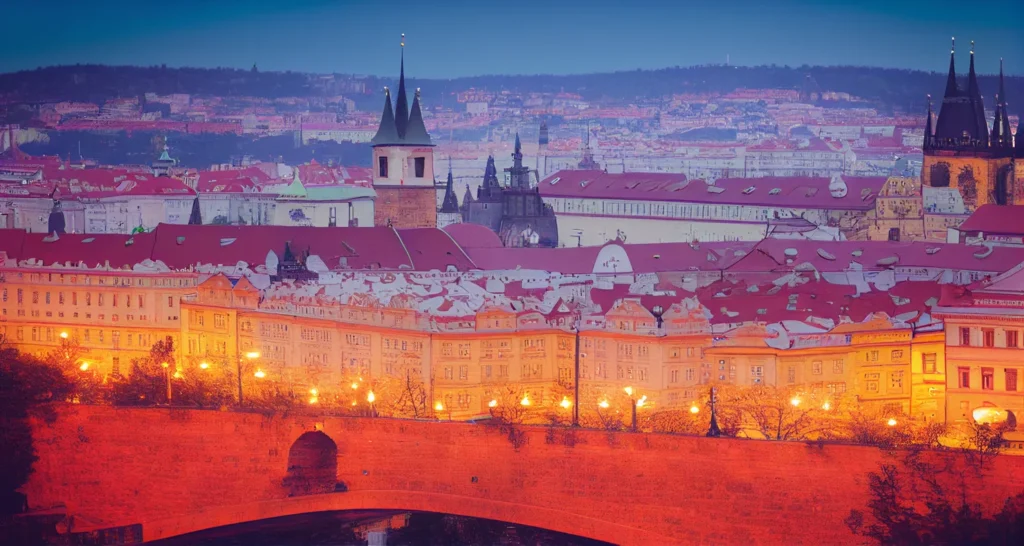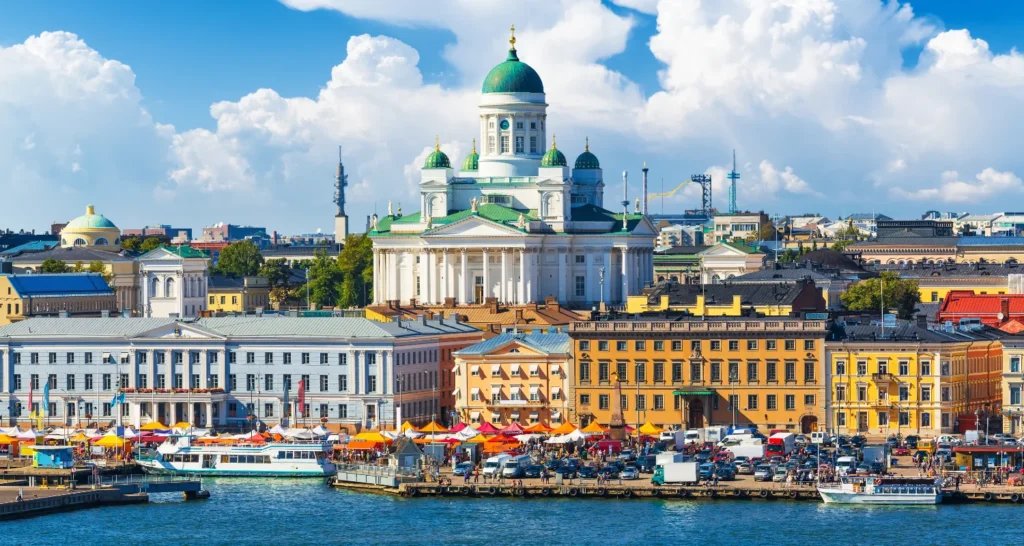IBM Smart City is a transformation journey
An urbanizing world means cities are gaining greater control over their development, economically and politically. Cities are also being empowered technologically, as the core systems on which they are based become instrumented and interconnected, enabling new levels of intelligence. In parallel, cities face a range of challenges and threats to their sustainability across all their core systems that they need to address holistically. To seize opportunities and build sustainable prosperity, cities need to become “smarter.”
A century ago, fewer than 20 cities around the world had populations in excess of 1 million people.1 Today, that number has swelled to 450 and will continue to grow for the foreseeable.
City’s population
As cities grow in both numbers and population, they are taking their place on the world’s center stage, with more economic, political, and technological power than ever before. Economically, they are becoming the hubs of a globally integrated, services-based society. Politically, they are in the midst of a realignment of power – with greater influence, but also greater responsibility. From a technology standpoint, advances are underway that can provide them with a better understanding and control of their operations and development.
Operationally, cities are based on a number of core systems composed of different networks, infrastructures, and environments related to their key functions: city services, citizens, business, transport, communication, water, and energy. The city services system constitutes the operational activities and coordination of service delivery provided by the city authority, such as coordinating delivery across different agencies, allocating public funds, conducting physical planning activities, and more. A city’s citizens’ system includes public safety, health, and education and is central to whether it delivers a good quality of life for its citizens. A city’s business system refers to the environment that businesses face in terms of policy and regulation. Cities offer citizens and businesses the ability to move things around through their transport systems and to share ideas and information through their communication systems. Cities also offer two core utilities necessary for all economic and social activity – water and energy.
A vision of smarter cities
These systems are not discrete, however. They interconnect in a synergistic fashion that, ideally, promotes optimum performance and efficiency. These core systems, in effect, become a “system of systems.”
However, while providing the potential for significant positive transformation, each element of this “system of systems” faces significant sustainability challenges and threats. For example, cities are confronted by considerable service coordination and planning challenges as a result of urban sprawl. Citizens face healthcare threats, such as infant mortality and the worldwide HIV pandemic. For businesses, cities must balance regulatory requirements with the need to decrease costly administrative overhead. Inefficient transportation systems continue to drive up costs. Increasing communications and connectivity demands challenge the ability of cities to meet the needs of their citizens and businesses. Water resources fall victim to leakage, theft, and poor quality. And current energy systems are often insecure and inefficient.
Business as usual – is no longer a viable option
As cities face these substantial and interrelated challenges, it becomes clear that the status quo – business as usual – is no longer a viable option. Cities must use their new power to become smarter. They must act now, using new technologies to transform their core systems to optimize the use of limited resources.
The opportunity presented by smarter cities is the opportunity of sustainable prosperity. Pervasive new technologies provide much greater scope for instrumentation, interconnection, and intelligence of a city’s core systems. Around the world, leading cities are putting in place smarter systems, such as Galway’s SmartBay advanced water management system, Songdo’s Wired City initiative, or Singapore’s eSymphony transport system.
Smart City is a Journey
Becoming a “smarter city” is a journey, though, not an overnight transformation. Cities must prepare for the change that will be revolutionary, rather than evolutionary, as they put in place next-generation systems that work in entirely new ways. City administrations must decide what activities are core, and, therefore, what they should shed, retain or expand into. Not only that, cities must “assemble the team” – integrate their own administrations and work with other levels of government, especially country-level, as well as private and non-profit sectors. Cities must also take into account the interrelationships among the systems they are based on, as well as the interactions among the challenges they face.













